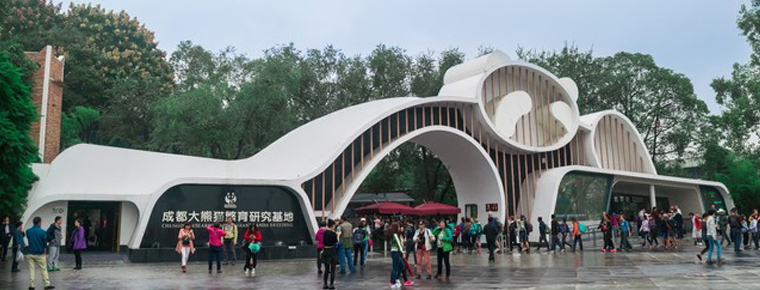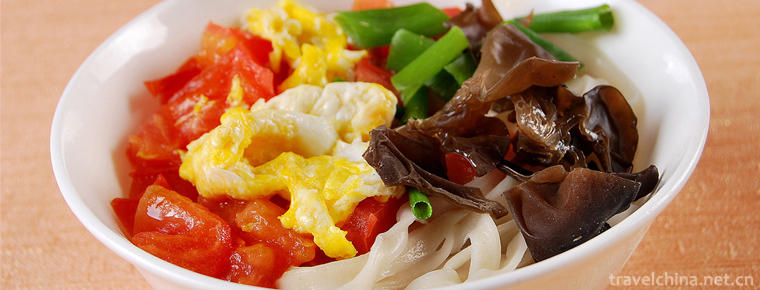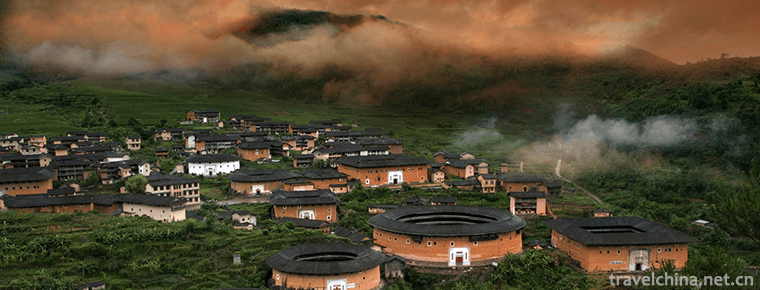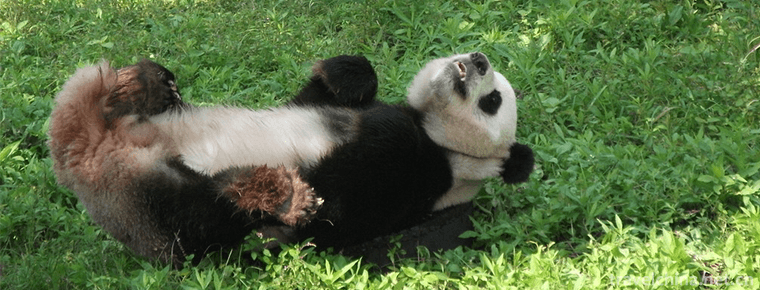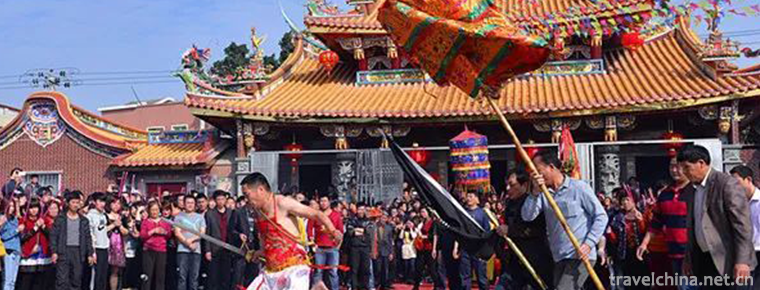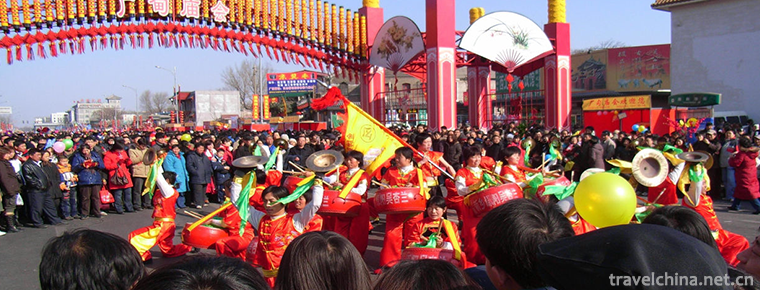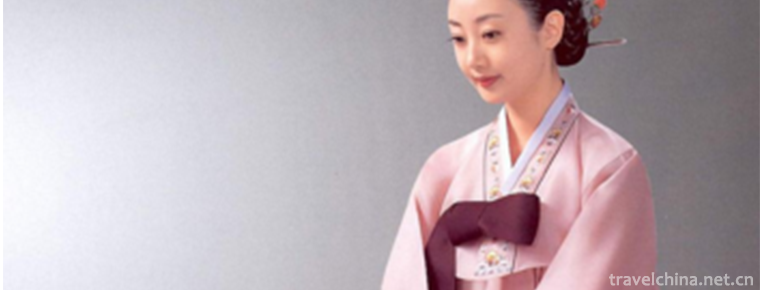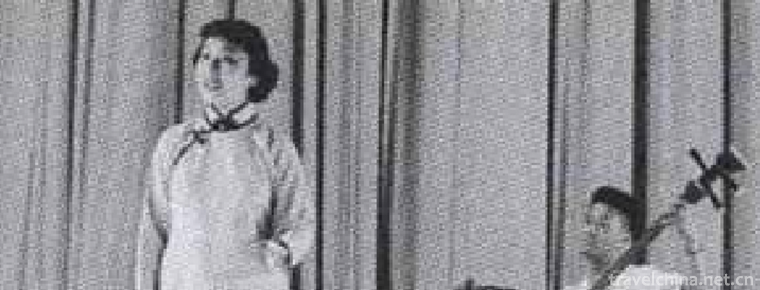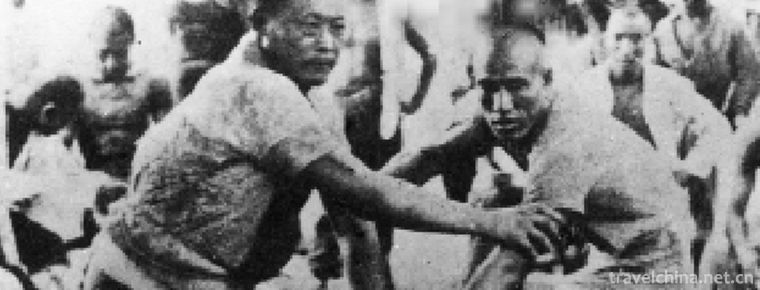Bouyei Leyou
Bouyei Leyou
Le You and Le Lang are Buyi oboe gas song instruments. They resemble suona, bowl-less, insect whistle playing, bright and sweet timbre. It can be used for Solo or singing accompaniment, and is deeply loved by the Buyi people. It is popular in Zhenfeng, Wangmu, Ceheng and Luodian of Buyi and Miao Autonomous Prefectures in Southwest Guizhou Province.
On June 7, 2008, Buyi Leyou was approved by the State Council to be included in the second batch of national intangible cultural heritage list.
historical origin
Zhenfeng Buyi folk instrument Leyou is a traditional folk instrument originally created by the Buyi people. Le You was originally called "Le You". Because this instrument plays like a suona, and uses cicadas as as whistles to make insect whistles and emit the long song of cicadas, people call it "Le You". Later, it gradually became a medium for Buyi descendants to talk about love and love, so it was also called "Le You" or "Le You" (Le You: Buyi language, that is, to invite friends). Le You took root deeply in the lives of the Buyi people and passed down from generation to generation.
Le You and Le Lang, handed down from generation to generation in Buyi, are closely related to the love and marriage of young people. They are musical instruments used by young men to express their love to their beloved girls, and are often given to women as a gift of engagement. Le You and Le Lang often play in the field at night. They can blow out all kinds of love stories and replace language with music. Le You (or Le Lang) is euphemistic and melodious. Except for the slightly regular beginning and end, the main melody is often improvised without any restraint. The same melody changes greatly every time it is played. After a long period of spread, each piece of music has specific content and certain meaning. There is a song "Le Lang Tune" which means that the brothers often think of singing when the spring water comes out of the rocky foot near the stream. The brothers don't love the golden bottle. The brothers only love the brothers, the brothers don't love the silver pot. The brothers hold the sweet nest in their hands and wait for the girls to hold the water. Who knows how to coax their brothers? How sweet the music, how beautiful the meaning, young people listened how can not immerse themselves in a happy love life. It is said that there are dozens of such Le You (or Le Lang) tunes. Later, with the gradual emergence of concise and implied lyrics, it developed into a unique Buyi love song, singing quite characteristic, because the lyrics are concise, some tones without words, but also to imitate the sound of Le You or Le Lang to express, very unique.
artistic characteristics
Le You is a phonetic translation of Buyi. The noun of "Le" in Buyi is Suona, and the verb is the meaning of pursuit and choice. The Buyi word "you" refers to a lover. Therefore, "Le You" can be literally translated as "the little suona of choosing (or looking for) a lover". It is also called Xiao Suona by the people. It is composed of tube body, reed whistle, intruder and resonator, with a total length of about 50 centimeters. Pipe body is made of Paulownia wood, Zanthoxylum wood or olive wood. It is thin and thick on the top and thick on the bottom and permeable at both ends. The tube is about 35 centimeters long. There are five or six circular sound-pressing holes on the front of the tube body. Five holes are common. A section of invader made of fine bamboo tube is inserted at the top of the tube body. The reed whistle is made of insect whistle, which is set on the upper part of the invader after special treatment. The lower end of the tube body is covered with a resonance tube. The tube body is made of a bamboo tube. The tube length is about 15 centimeters. The upper inner diameter of the tube should be slightly smaller than the outer diameter of the tube tail. Insect whistle is made of insect cocoons from sophora, yellow fruit or olive trees. It cuts off two ends and takes out pupae. It is soaked in tung oil and then dried after contraction. It can be used with a little pruning. It is similar to the quality of silkworm cocoon, and has the advantages of durability, not easy to break, deformation and soft pronunciation. In some places, when making Leyou, a copper hoop made of a piece of waste bullet shell is also put on the top of the tube body to prevent the cracking of the tube body, and the appearance is beautiful and generous.
Representative works
The popular traditional music includes "I haven't got married yet", "Missing you, missing you!", "Waking up at night at 3 o'clock", "Sister, you don't coax me!", "Blowing Le You Call for Sister", "Gossip Melody" and "Roaming Melody".
Development
As a kind of traditional music (folk music), the Buyi Leyou declared by Xingyi City, Zhenfeng County and Zhenning Buyi and Miao Autonomous County has been successfully selected into the second batch of national intangible cultural heritage list. In order to understand the development of Buyi Leyou. Villagers are very excited. They are proud that their original musical instruments have been selected into the national intangible cultural heritage list.
Inheritance significance
There is a story among the Buyi people: in ancient times, floods overwhelmed all the people and animals in the world. Only a pair of brothers and sisters, brother Muyu, sister Muyan, they were put in a gourd by their parents to survive the death. After the flood receded, the brother and sister depended on each other and were often depressed because they missed their parents and villagers who had passed away. One day, Muyu wore a tung tree with fire chopsticks at the edge of the fire pond in his boredom. It happened that the sound of cicadas came from the cracks of the wall. Inspired by this, he opened several holes in the Tung pole to blow out cicadas to relieve the depression. But it was not like blowing. When he opened the wall, the cicada had left behind only one cicada shell. So Muyu put the cicada shell on the paulownia tree and blew it up. He uttered the beautiful song of cicada. He expressed his yearning heartily. Since then, the Buyi people have an ancient folk musical instrument, Leyou. Muyu and Muyan (some historical materials called Valley and Wayuan) are the characters in ancient Buyi mythology and the ancestors of Buyi people in legend. It can be seen that Leyou's creation age is long.
Zhenfeng, Wangmo, Ceheng and Luodian in Southwest Guizhou, in Buyi villages along the Beipanjiang River, the melodious and sweet tunes blown out by Le You or Le Lang can be heard every night when stars are scarce. This beautiful music, like the water of a brook, is flowing in the mountains. The local tone of the Buyi people is like a beautiful Lyric poem, which brings the first visitors here into a dreamlike fairyland and makes people intoxicated and admirable.
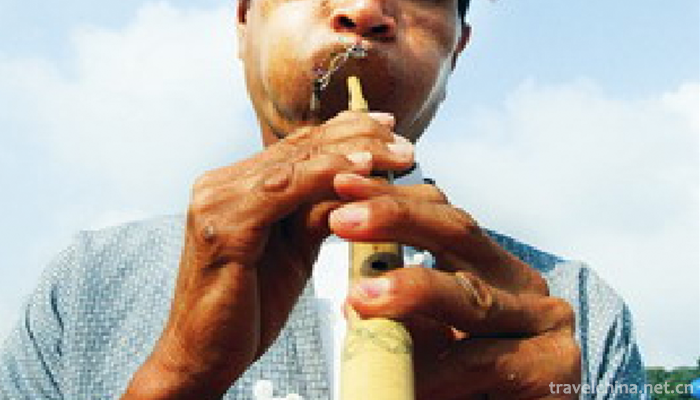

Bouyei Leyou
-
Chengdu Panda Base
No. 1375 panda Road, Chenghua District, Chengdu city, Sichuan province
Views: 251 Time 2018-09-28 -
Fujian earth building (Fujian Tulou)
Fujian Tulou is also called "Hakka Tulou" because most of it is built by Fujian Hakka people. Tulou came into being in Song and Yuan Dynasty and matured in the late Ming
Views: 199 Time 2018-12-08 -
Shanghai Wildlife Park
Shanghai Wildlife Park, located at 178 Nanliu Highway, Pudong New Area, Shanghai, is the first National Wildlife Park in China built by the Shanghai Municipal People's Government and the State Forestr
Views: 161 Time 2018-12-19 -
Jade Buddha Garden
Yufo Garden is a famous tourist attraction in Anshan. It is located in the core scenic area of Yufo Mountain. It covers an area of 270,000 square meters. It is surrounded by mountains on three sides a
Views: 120 Time 2019-03-06 -
The Religion and Customs of Baosheng Emperor
Baosheng Emperor, also known as Wu Zhenren, was born on March 15, 1979, in Baijiao Village, Tong'an County. Since his childhood father died of illness
Views: 224 Time 2019-04-04 -
Changdian Temple
Changdian Temple Fair is a traditional folk custom and folk religious belief activity in Beijing. Among the many temple fairs in the old capital city, only the temple fairs in Changdian
Views: 186 Time 2019-04-16 -
Korean Costume
Korean costume, Korean traditional folklore, one of the national intangible cultural heritage.
Views: 156 Time 2019-04-16 -
Single string ziqu contains bifurcation
Single string ziqu, quyiqu. It is popular in Beijing, Tianjin, North China and Northeast China. During the reign of Guangxu in Qing Dynasty, folk artists compiled their own lyrics with octagonal drum
Views: 259 Time 2019-04-25 -
Flyover wrestling
In the 1930s, when Peiping wrestling was very popular, Peiping wrestling was famous all over the country. At that time, the strongest wrestling master of Peiping overpass was Shen San (Shen Yousan), B
Views: 392 Time 2019-06-21 -
Peking Union Medical College
The Chinese Academy of Medical Sciences was established in 1956. Peking Union Medical College was founded in 1917. Since 1957, the Chinese Academy of Medical Sciences and Peking Union Medical College
Views: 239 Time 2019-09-06 -
Meishan City logo
Meishan City logo is composed of ancient Chinese tile pattern and Dongpo head portrait, which shows a feeling of ancient historical traces and reflects the ancient culture of Meishan. From the design to the font are used a simple style, using the combinatio
Views: 335 Time 2020-12-18
